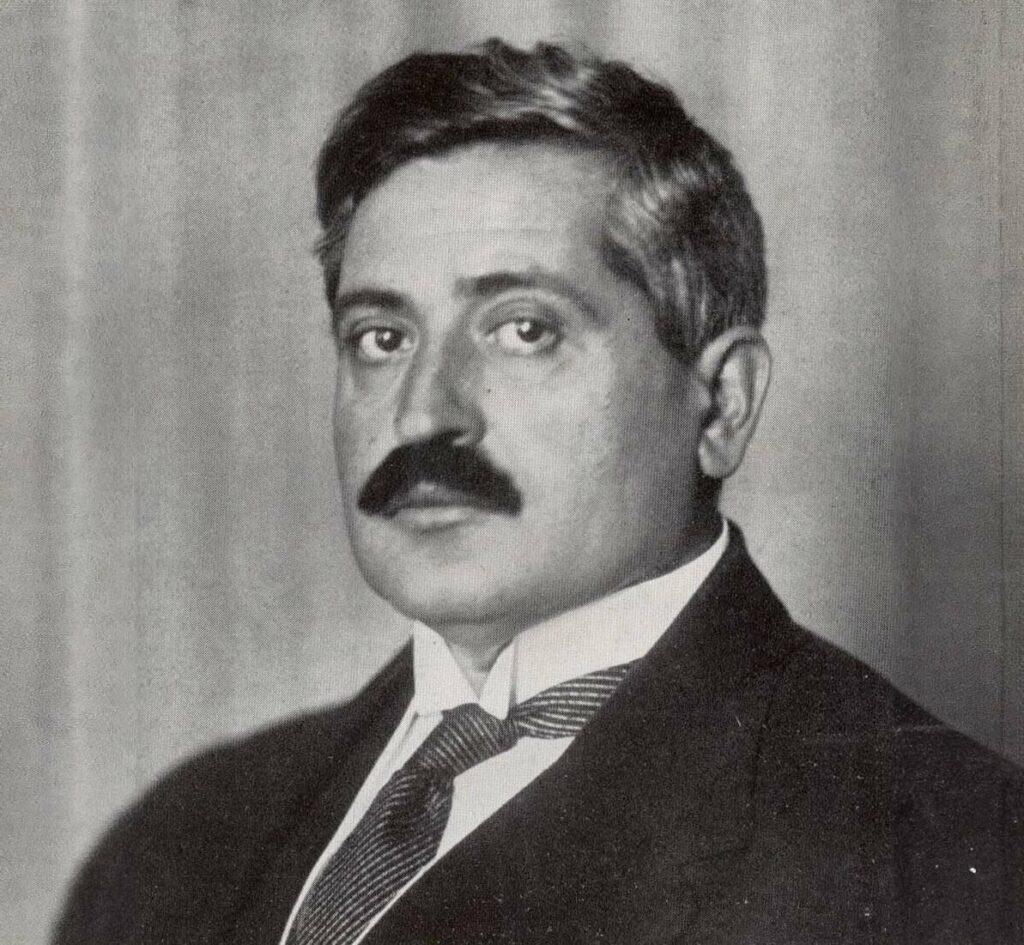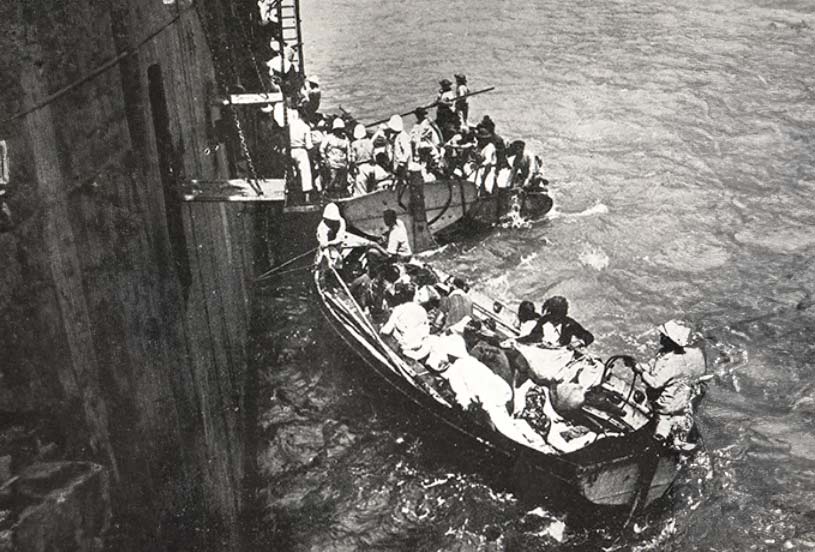The Armenian Genocide, occurring between 1915 and 1917, is a profoundly somber chapter in world history, epitomizing the horrors of mass atrocities against humanity. During the final years of the Ottoman Empire, the systematic extermination and mass deportation of Armenians unfolded amidst the broader tumult of World War I. This period witnessed unprecedented suffering and loss, marking a dark legacy that continues to resonate in historical and political discourses.

What were the reasons for the Armenian Genocide (1915-1917)?
The Armenian Genocide’s roots are multifaceted, involving a complex interplay of political, economic, and social factors. Nationalistic fervor, economic envy, religious differences, and geopolitical ambitions all contributed to the escalating tensions. The decline of the Ottoman Empire, coupled with its fear of the Armenians’ alleged collaboration with the enemy Russians, fueled a narrative of betrayal and security threat. These anxieties were exacerbated by the Empire’s desire to solidify a homogenous Turkish identity. The outbreak of World War I provided a context for the Ottoman leadership to pursue their drastic policies against the Armenian population, under the guise of wartime necessity.
Who was involved in the Armenian Genocide (1915-1917)?
The Armenian Genocide was orchestrated by the Ottoman government, particularly the leaders of the Committee of Union and Progress (CUP), including figures such as Talaat Pasha, Enver Pasha, and Djemal Pasha. The Young Turks, a nationalist movement aiming to reform the Empire and intensify Turkish identity, played a pivotal role. On the ground, local military officials, special units, and even some civilians participated in the massacres and deportations. The victims were predominantly Armenian, but other minority groups also suffered. International players, including the Allied powers and various humanitarian organizations, became involved to various extents, often in the aftermath for relief efforts.
The leaders of the Armenian Genocide (1915-1917)
The central architects of the Armenian Genocide were the Young Turk leaders: Talaat Pasha, the Minister of the Interior; Enver Pasha, the Minister of War; and Djemal Pasha, the Minister of the Navy. Talaat Pasha, often regarded as the prime architect, issued orders for the deportations and massacres. Enver Pasha’s military failures and territorial ambitions fueled his support for extreme measures against perceived internal enemies, including the Armenians. Djemal Pasha, while somewhat less directly involved, facilitated the genocide through his administrative and military roles. These leaders’ actions were driven by a toxic blend of nationalism, fear, and a ruthless drive for homogeneity and empire preservation.
Was there a decisive moment?
While it’s challenging to pinpoint a single decisive moment that catalyzed the Armenian Genocide, the entry of the Ottoman Empire into World War I significantly escalated the government’s plans against the Armenian population. The loss at the Battle of Sarikamish in early 1915, where the Ottomans blamed Armenians for their defeat due to alleged collaboration with the Russian forces, marked a significant turning point. This defeat intensified the government’s resolve to address the “Armenian Question” through extreme and violent measures.
What were the major battles?
The Armenian Genocide didn’t involve typical military battles but was characterized by systematic massacres, forced deportations, and death marches. Key events unfolded chronologically, starting with the arrest and execution of hundreds of Armenian intellectuals in Constantinople on April 24, 1915, now commemorated as Armenian Genocide Remembrance Day. Following this, Armenians in the army were disarmed, placed into labor battalions, and subsequently killed. The mass deportation of Armenians from their historical homelands involved horrific atrocities, including massacres and death marches through the Syrian Desert to concentration camps. Notable resistance occurred at places like Musa Dagh and Van, where Armenians took up arms in desperate self-defense, but these were the exceptions in a largely one-sided campaign of destruction.
Was there a turning point?
The turning point in the Armenian Genocide was more of a gradual intensification of policies rather than a single event. The real turning point was the government’s decision to implement the Tehcir Law, legitimizing the deportations and confiscation of Armenian property. This law marked the transition from oppressive policies to systematic extermination. The world’s preoccupation with World War I also provided a veil that allowed the Ottoman Empire to carry out these atrocities with relatively less international interference or scrutiny.

The consequences of the Armenian Genocide (1915-1917)
The consequences of the Armenian Genocide are profound and enduring. An estimated 1.5 million Armenians perished, with countless others subjected to unspeakable suffering. The genocide decimated the Armenian population in the Ottoman Empire, leading to a significant diaspora. It left a lasting scar on the region’s demographic and cultural landscape. Internationally, the genocide became a seminal case study in crimes against humanity, influencing the development of international laws on genocide and human rights. The denial and recognition of the genocide continue to affect international relations, particularly between Turkey, Armenia, and various countries that have taken stances on acknowledging the genocide.
The Armenian Genocide remains a poignant reminder of the capacity for human cruelty and the devastating consequences of intolerance, hatred, and unbridled political power. Its study is not only crucial for honoring the memory of the victims but also for understanding the complex interplay of factors that can lead to such atrocities. As the world continues to grapple with issues of genocide recognition, prevention, and reparation, the lessons of the Armenian Genocide resonate with chilling relevance, urging humanity to remain vigilant against hatred and to commit unwaveringly to the pursuit of justice and human rights.
Back to the Wars section